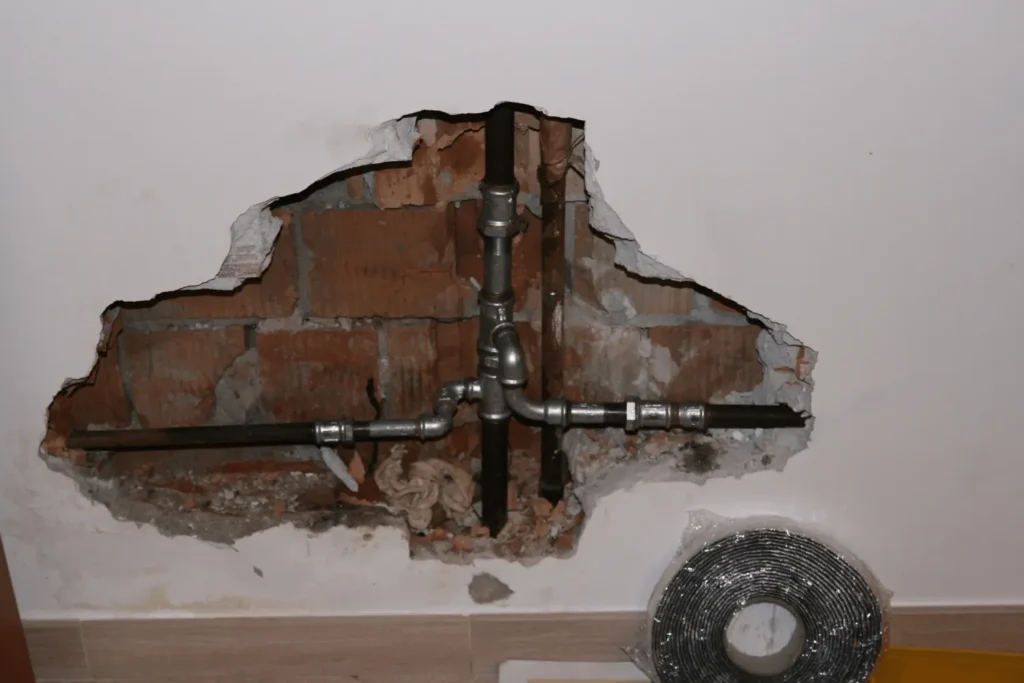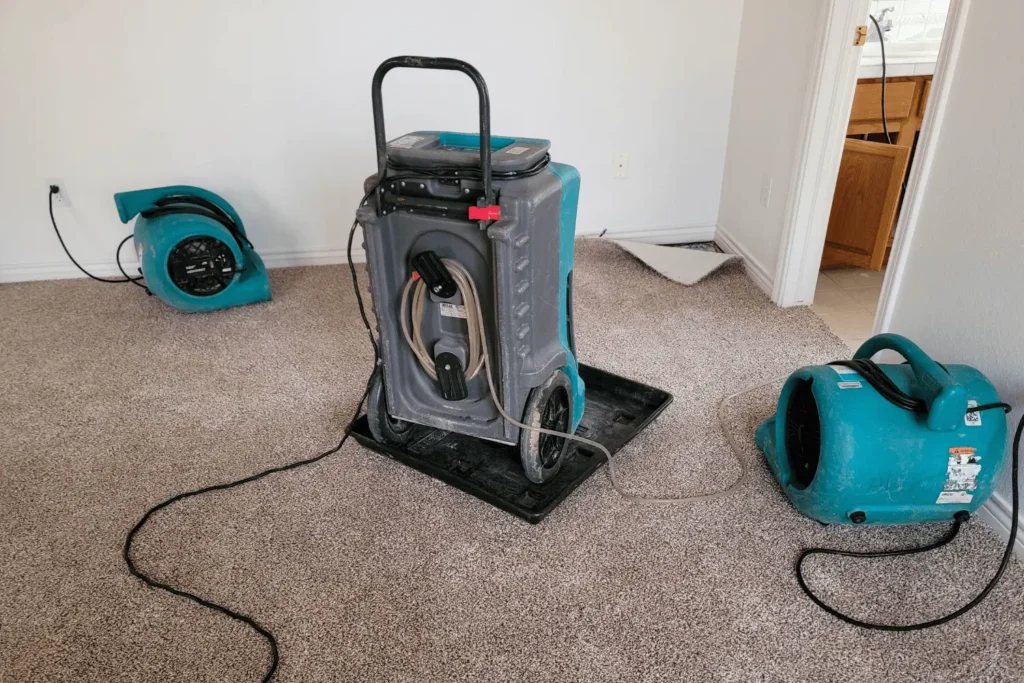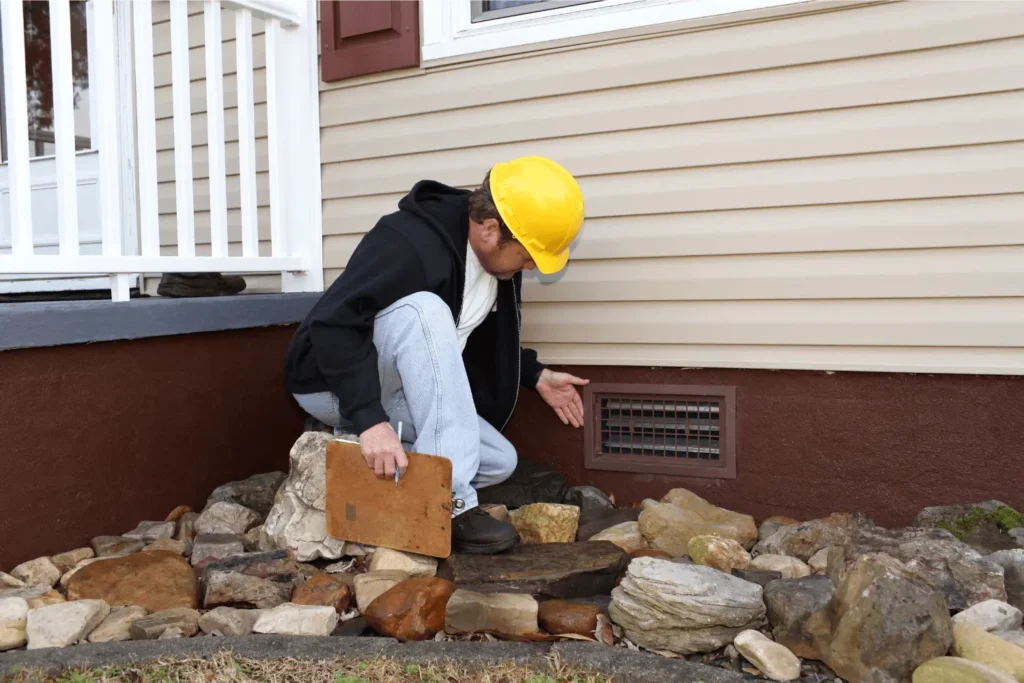As temperatures start to drop, you should be preparing your crawl space for winter, including installing covers on crawl space vents. If that surprises you, you’re not alone. Every year, plenty of homeowners learn the hard way that a covered vent is better for your home’s health and your bank account. Preparing your foundation with the help of a Pittsburgh foundation contractor is cheaper than repairing it. Taking action to prepare your property for winter now is the best way to protect it, keep it comfortable, and control utility costs until spring returns.
But the Old-Timers Always Say…
With respect to the morning coffee crowd at your local diner, leaving your crawl space vents uncovered is a bad idea. The purpose of crawl space vents was to allow moisture collecting in the cool shade under the house in summer to escape into the dry, outside air. This prevented it from becoming trapped, where it could attract pests, cause rot, or begin forming mildew on organic surfaces. Winter offers different atmospheric conditions to consider, and modern waterproofing tools and techniques make crawl space encapsulation a far better option year-round.
Why You Should Cover Your Crawl Space Vents in the Winter
In the winter, the airflow under your home reverses as cold, moist air is drawn into the relatively dry warmth under your climate-controlled home. This creates several risks for your property:
The Stack Effect
Heat rises. As warm air rises, however, it draws the cold air from below up. Without covered crawl space vents, there’s a ready supply of cold air entering the lowest point of your property, fueling this cycle. This creates a continuous cycle that draws on the unrestricted outside airflow, cooling your house, and since there’s no limit to the cool air coming in, your HVAC system or furnace has no chance of keeping up. This leads to skyrocketing heating bills despite the fact you can’t seem to get your house warm enough for comfort.

Broken Pipes
That cold air doesn’t just move up all at once. While it’s in your crawl space, it can do plenty of damage, especially to your pipes. When water freezes, it expands. The force of this expansion can crack and burst pipes, leading to higher water bills, standing water under your home, and flood-related damages.
Pooling Water
Along with water from potential leaking or burst pipes, you can develop pooling water from condensation. When the cool, moist air from outside the home hits the warmer floorboards, pipes, and foundation walls of your crawl space, the water warms and condenses. Because the only air exchange happening is the introduction of more moist air, this water can begin to pool and accumulate.
Rot, Mold, and Mildew
Anytime there’s water, you’re at risk of property damage. It can soak and weaken wood, erode soil, and damage concrete. The results can be rotting and mildewing organic material and the proliferation of basement mold.
Pest Infestations
Bugs, rodents, and reptiles are driven to look for places of shelter that provide food, water, and a place to breed. Uncovered crawl space vents in winter provide access to a warmer environment that provides all these things in a space where humans and pets rarely venture.
Poor Air Quality
Whether it’s bringing up the smell of stagnant water, the aroma of mildew, or mold spores, air drawn up through your crawl space is usually compromised. This can lead to breathing issues and increase your risk of respiratory infection during the winter months.
Why You Need Crawl Space Encapsulation
Crawl space encapsulation goes beyond simply covering your crawl space vents to providing comprehensive year-round foundation waterproofing and protection. Encapsulation keeps moisture out of your crawlspace and insulates it from outside atmospheric conditions. This can lead to lower utility costs, a more comfortable home, better air quality, and the peace of mind that comes from knowing your foundation is professionally protected.

- Cover Crawl Space Vents – Crawl space vent covers are for more than just winter. Sealed crawl space vents stabilize airflow year-round and block easy access to pets.
- Seal Foundation Cracks and Gaps – Foundation gaps and cracks can let in both drafts and moisture, so sealing them helps protect your home.
- Install Vapor Barrier – This thin, tough sheet of plastic blocks moisture and water vapor from entering the crawl space from the unprotected ground underneath it.
- Insulate Entry Points, Air Ducts, and Plumbing – Insulation along entryways prevents even the slightest draft from entering your home, and covering your plumbing helps further limit the risk of freezing. Air duct insulation helps make your heating and cooling more efficient by preventing heat from radiating through the duct walls.
- Drainage and Dehumidification – In some cases, active drainage may be needed to collect water and move it beyond your foundation walls, or a dehumidifier may be installed to pull any additional moisture out of the air.
- Grading and Landscaping – Proper grading and landscaping can be used outside the home to direct water away from the home or provide additional wind protection near covered crawl space vents.
Experienced Crawlspace and Basement Waterproofing Contractor
When you need professional crawl space encapsulation, we have the experience, tools, and materials to get the job done right. Your friends and neighbors throughout Western Pennsylvania have trusted us with their homes, and we’re ready to help you with a no-cost, no-obligation inspection. Schedule your visit, and one of our experts will inspect your crawlspace, identify any damage or protection opportunities, and tailor a written estimate using American materials and labor you can trust. Take the first step to protect your home with A.M. Wall Anchor & Waterproofing today.

